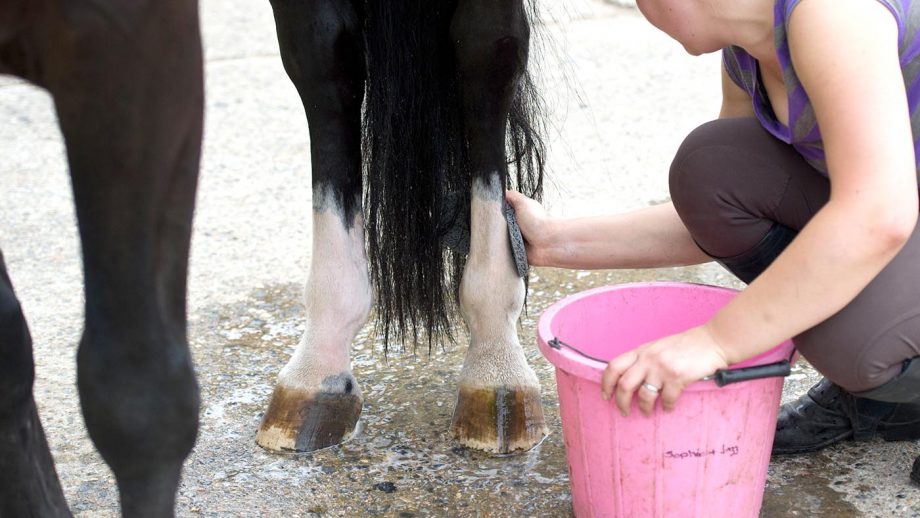For centuries, horses have been symbols of grace, power, and elegance. In recent times, some breeds have become associated with immense monetary value. If you’ve ever wondered what are the most expensive horse breeds, you’re in for an enlightening journey. We’ll dive into the world of lavish equines, exploring both their aesthetic allure and the factors driving their high price tags.

The Priceless Art of Breeding
Breeding horses is both an art and a science. Experts dedicate their careers to cultivating distinct horse breeds that possess specific traits: speed, endurance, temperament, or appearance. The most valuable breeds often have rich pedigrees and have excelled in competitions or races, thus elevating their demand.
Top Horse Breeds That Command High Prices
Thoroughbred: The Racehorse Royalty
When discussing high-value horse breeds, the Thoroughbred inevitably takes the spotlight. Known for their unparalleled speed and competitive edge, these horses have dominated racetracks worldwide. The record-breaking sales of some Thoroughbreds have reached astronomical figures, firmly establishing them in the elite category.
Arabian Horses: Timeless Elegance
The Arabian horse, with its arched neck and flowing mane, exudes a timeless beauty. These horses are not only beautiful but also possess incredible stamina and intelligence. Their unique lineage and roles in historical tales of valor add to their allure.
Warmbloods: The Show Jumping Stars
European Warmbloods are the darlings of dressage and show jumping. With a balanced temperament and athletic prowess, they excel in equestrian sports, thus commanding prices that reflect their abilities and training levels.
Andalusian Horses: Spains Gift to the World
With their striking appearance and strong presence, Andalusian horses are often featured in traditional fairs and movies. Their origins in Spain lend them a rich cultural heritage, making them highly sought after by horse enthusiasts globally.
Factors Contributing to High Horse Values
Understanding what makes certain horse breeds expensive requires delving into several factors. Key elements include pedigree, performance history, demand dynamics, and the horse’s unique characteristics.
Pedigree and Lineage
A horses pedigree significantly influences its market value. Horses descending from champions, especially in competitive arenas, often fetch high prices. Keen breeders and buyers prioritize pedigree when investing in these majestic animals.
Performance and Training
Performance on the track, show jumping arena, or dressage floor also affects a horse’s value. Horses with a stellar performance record are valued not just for their immediate abilities, but also for the potential they bring to future generations.
Unique Traits and Beauty
Beyond performance, horses are often prized for their aesthetic appeal. Physical attributes like coat color, size, and proportions can enhance a horse’s appeal and, consequently, its market price.
The Economics of Horse Ownership
Investing in expensive horse breeds goes beyond the initial purchase. Owners must factor in ongoing care, training, and registration costs. Many enthusiasts also engage in competitions to increase a horse’s visibility and value over time. Meanwhile, fostering a genuine bond can aid in understanding the potential and limits of these remarkable creatures. The wonder of groundwork exercises can work wonders in strengthening this bond.
Conclusion
Determining what are the most expensive horse breeds is a dynamic process influenced by breeding techniques, market trends, and personal preferences. While price tags are a testament to their worth, the true value of these horses lies in their beauty, history, and contributions to the equestrian world.

FAQ Section
What makes a horse breed expensive?
Several factors contribute to a horse breed’s expense: pedigree, performance records, and unique traits or characteristics.
Which horse breed is the most expensive?
The Thoroughbred frequently tops the list due to its racing pedigree and performance.
How can I care for an expensive horse?
It involves proper maintenance, regular training, and health checks to ensure their overall well-being.







